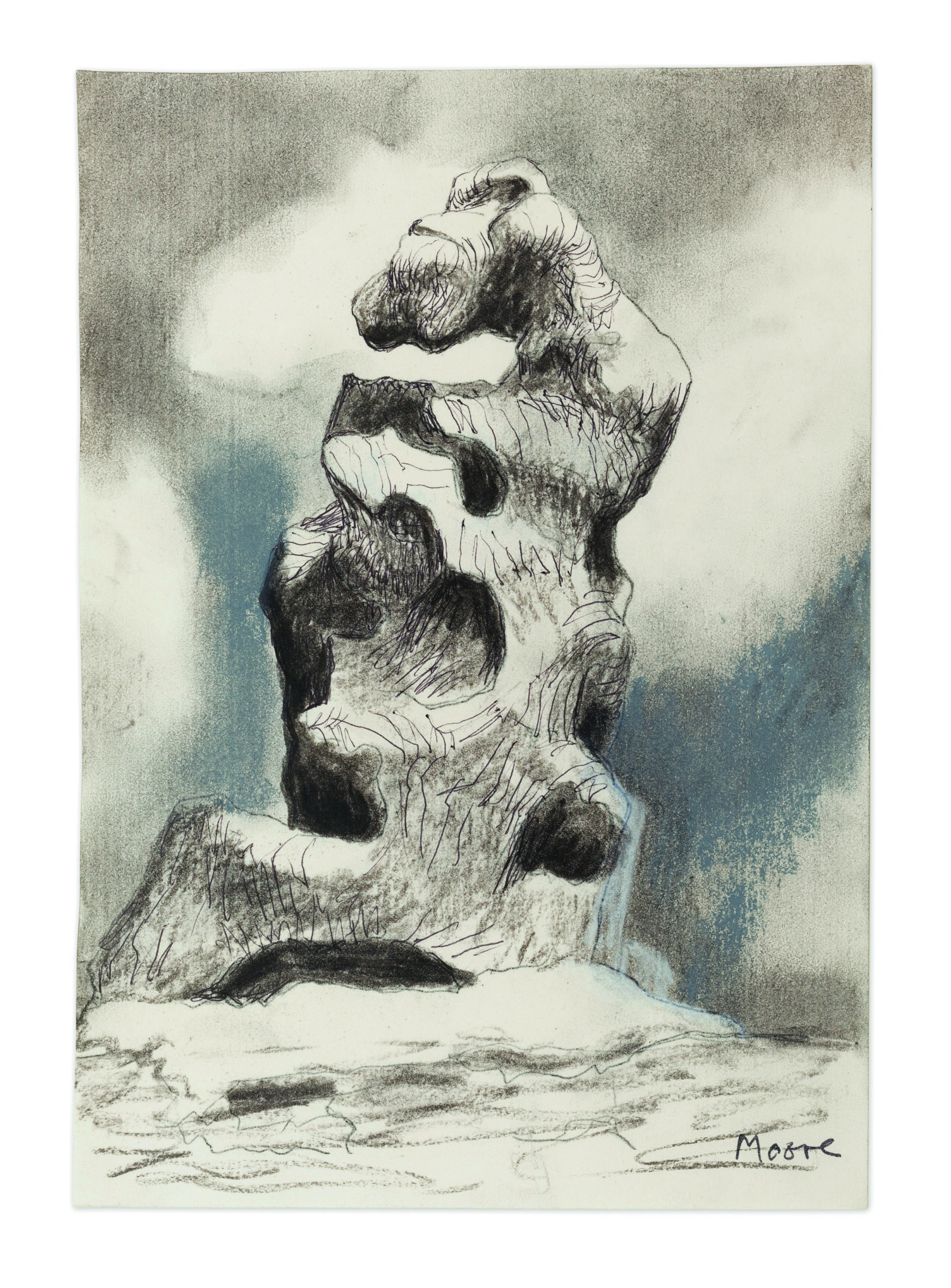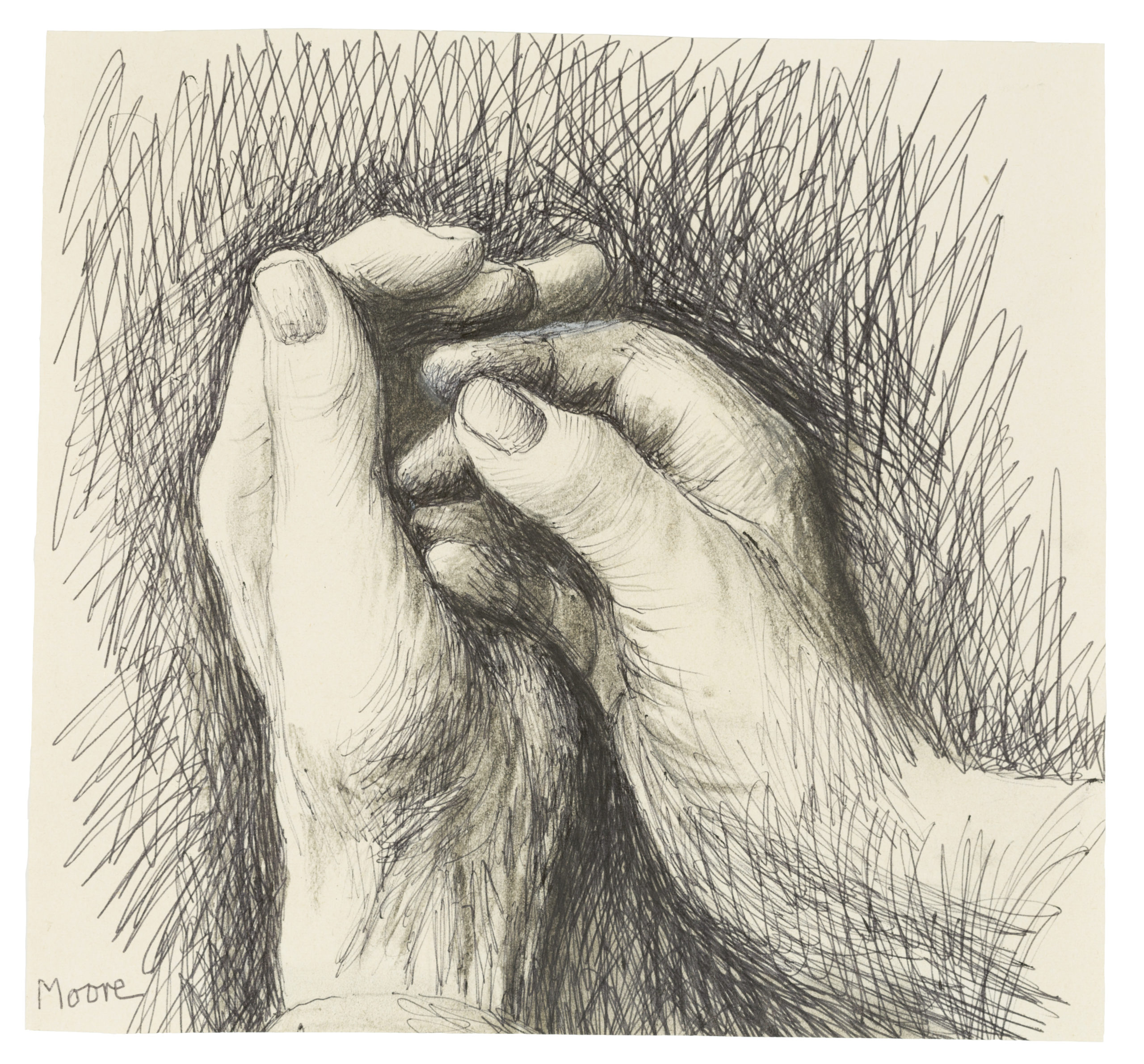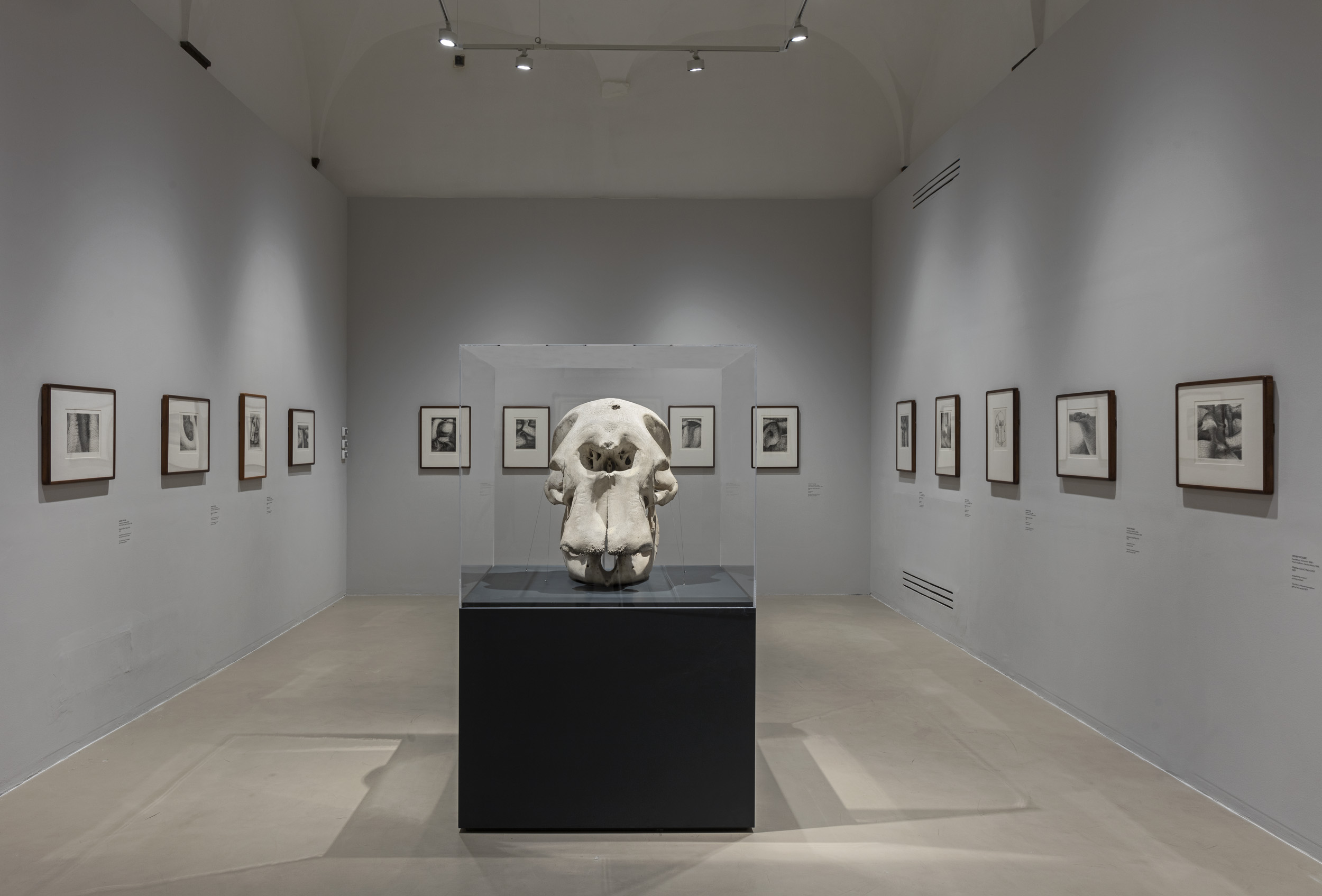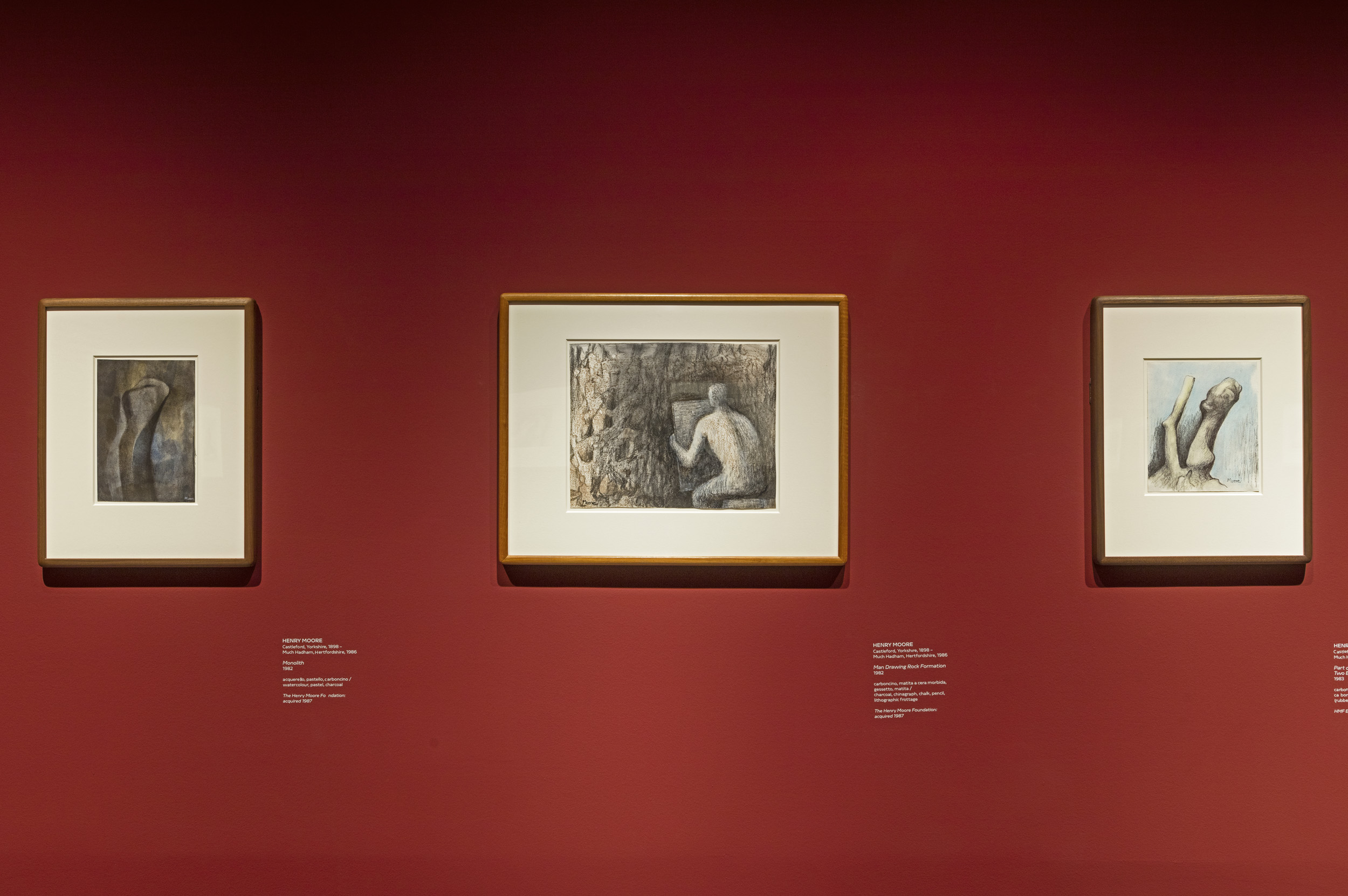Where and when
From
To
Museo Novecento
With Henry Moore. The sculptor’s drawing the Museo Novecento is positioned internationally and does so with an exhibition prepared in the last two years by the director of the Florentine institution in collaboration with the scientific direction of the Moore Foundation. The natural forms – rocks, pebbles, roots and trunks -, the animals, but also the skulls and then the relationship between the creator and the material, also exemplified by the drawings that portray the hands of the artist or the artist at work in the landscape , become the focus of the exhibition.
Exhibition Hours
Winter
Monday – Sunday
11:00 am
–
8:00 pm
Thursday
Summer
Monday – Sunday
11:00 am
–
9:00 pm
Thursday
Almost fifty years since the memorable exhibition held at the Forte di Belvedere in 1972, the works of Henry Moore return to Florence. The Museo Novecento pays homage to him with a monographic show organised in collaboration with the Henry Moore Foundation, which concentrates on a central aspect of his art: the relationship between drawing and sculpture. Henry Moore. The Sculptor’s drawing, curated by Sebastiano Barassi, Head of Henry Moore Collections and Exhibitions, and Sergio Risaliti, Artistic Director of the Museo Novecento, is organized in collaboration with the Henry Moore Foundation, with the contribution of Banca Monte dei Paschi di Siena, from 18 January to 22 August 2021. The Florentine museum will host a substantial selection of drawings, about seventy, along with graphics and sculptures
Taking its cue from a reinterpretation of some central themes in Moore’s production, the exhibition intends to offer an in-depth study on the value of drawing in his almost daily practice and on its relationship with sculpture. According to Moore: “The observation of nature is decisive in the life of an artist. Thanks to nature, the sculptor too, enriches his knowledge of form, finds nutriment for inspiration, and maintains a freshness of vision, avoiding becoming crystallized in the repetition of formulas”.
In the ground floor room of the Museo Novecento, an elephant skull from the artist’s studio will be exceptionally exhibited, on which Moore has applied himself constantly over the years creating a series of engravings, which underline the analysis of shapes from points of varied views and with multiple formal solutions.
Henry Moore. The sculptor’s drawing emphasizes the graphic production of this protagonist of contemporary sculpture, who has assimilated the lesson of primitivist and extra-European sculpture, that of the historical avant-gardes and above all the great Italian tradition of Renaissance masters active in Florence and Tuscany.
“The main purpose of my drawings is to help me sculpt. Drawing is in fact a means to generate ideas for the sculpture, to pull out from myself the initial idea, to organise the ideas and attempt to develop them … I use drawing also as a method of study and observation of nature (nude studies, studies of shells, bones, and other things). I also happen at times to draw for the pure pleasure of doing so”, Moore said.
Starting from an investigation into Henry Moore’s relationship with the natural datum and with the underlying principles of rhythm and form, a narrative starts from the relationship between the artist’s image and the rocky landscape, and then develops around the study of nature and the mutual mutations between the natural element and the human figure, up to the representation of the primordial form. The attention to the structural strength that underlies the different natural conformations, combined with the observation of human anatomy and the surrounding space, forms the basis of a survey of some iconographic motifs recurring in Moore’s graphic production. Among these, the landscapes, the rocks, the trees, the animals, the monoliths, the artist’s hands stand out
The choice of themes is dictated by the desire to “dig” in an area of Henry Moore’s work so far little investigated and less known to the general Italian public, whose knowledge is mainly linked to the sculptures representing recumbent figures and the drawings of the Second World War. Connected by a common study on the principles of rhythm, structure, and form, the subjects exhibited make it possible to reread Moore’s production, revealing important references to the Anglo-Saxon tradition, between Romantic landscape painting (the reference is, in particular, to the drawings dedicated to atmospheric events, to William Turner, for example) and the more typically scientific observation (take, for instance, the drawings dedicated to animals typical of a certain Anglo-Saxon culture).
The theme of hands, finally, allows us to take a close look at another subject dear to the artist. For Moore, in fact, the hands are not only indispensable tools in conducting an artistic activity, they are in turn a subject that permits him to transmit an ample spectrum of emotions, sensations, and sentiments.
A new humanism in the art that Moore was aware of: “I disapprove of the idea according to which contemporary art is an act of escape from reality. […] It is precisely through art that it is possible to delve even more deeply into life itself. Art is not a sedative or a drug, nor a simple exercise of good taste; nor is it an embellishment of reality with pleasant combinations of forms and colours; it is instead an expression of the meaning of life and an exhortation to commit oneself through even greater efforts”.
These are Moore’s words, which are valid as viaticum to this exhibition and perhaps also to those who still want to find in art a tool to improve their relationship with reality, others, and the nature that surrounds us.
Artist
Henry Moore
1898, Castelford, UK – 1986, Perry Green, UK
Curated by
Sebastiano Barassi
Sergio Risaliti
Scientific Coordination
Eva Francioli
Francesca Neri
Stefania Rispoli
Organization
Luca Puri
Press
Elisa di Lupo
Press Office Comune di Firenze
T. 055 2768531
Lea Codognato e Caterina Briganti
Davis&Co.
Comunication
Costanza Savelloni
Visual Identity
FRUSH Design Studio
Ideation
Dania Menafra
Realization
Ph Credits
Serge Domingie
In collaboration with
Henry Moore Foundation
Sponsor
MONTE DEI PASCHI di Siena










